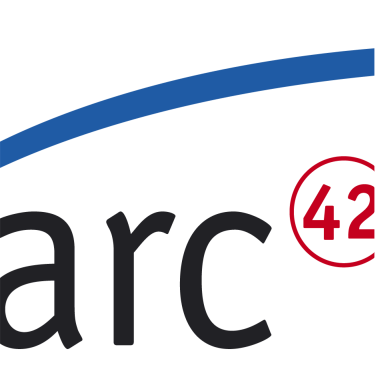Quality scenarios explain in short sentences how the system should react in certain situations at certain events. There are several categories of these scenarios:
- Usage scenarios: how does the system react in certain types of use? In the example below: The execution time of an HTML-validation must not exceed 5 seconds.
- Change scenarios: how does the system behave when you change it or extend it? This allows you to identify how fast certain kinds of changes or extensions can be done or how much effort is probably needed.
- Failure or downtime scenarios: how does the system behave when a serious problem occurs, such as the failure of central hardware or software components.

Scenarios may relate to a variety of possible quality attributes, which are structured hierarchically by current quality models (e.g. ISO-25010).
Example scenarios:
Change scenarios:
- A new algorithm for the routing of robots in a high-bay warehouse needs to be integrated. One developer can make this change within 4 hours including the modifications of the build and the unit and integration tests
- At the end of the year, the output format of the (annual) reports must be adjusted to fit new legal requirements. All required data are already in the database and the changes affect layout, formatting and aggregations. These changes can be fully implemented within at most 60 person-hours.
Usage scenarios
- The system selects the necessary data for the XY-process within 1 second (up to 100 concurrent users) or within 3 seconds (up to 1,000 concurrent users).
- After switching on, it takes at most 4 seconds until the navigation system accepts input from the GUI.
